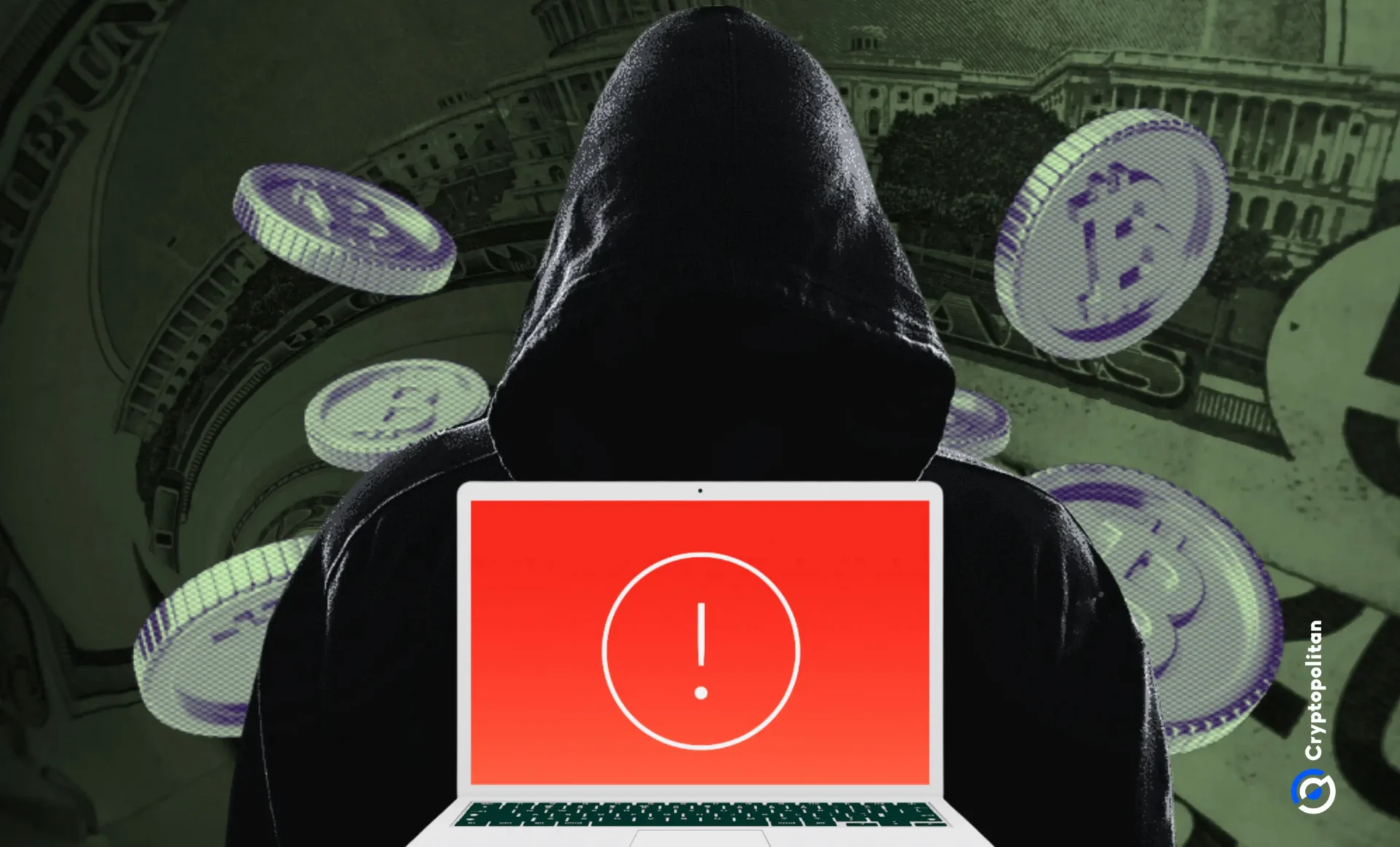The British Museum, a venerable cultural institution in London, is venturing into the world of Non-Fungible Tokens (NFTs) through a partnership with the Ethereum-based metaverse game, The Sandbox. Collaborating with French startup LaCollection, the museum aims to develop a range of NFT digital collectibles that will showcase the breadth and depth of its extensive collections while offering new immersive experiences to users.
The British Museum recognizes the potential of Web3 technology
The collaboration marks a significant step for The British Museum, which was founded in 1753 and stands as the world’s first national public museum. Despite its rich history, the institution has been quick to embrace innovation, recognizing the potential of Web3 technologies to enhance audience engagement and accessibility. This is not the first foray into the world of NFTs for The British Museum. In previous ventures with LaCollection, the museum auctioned three NFT collections, showcasing works by renowned artists from its holdings.
The first collection featured 200 digital postcards of Katsushika Hokusai’s iconic woodblock print “Under the Wave, Off Kanagawa,” also known as “The Great Wave,” which was created in 1831. The second collection presented 20 tokenized versions of works by British artist Joseph Mallord William Turner, including the captivating watercolor painting “A Storm (Shipwreck)” from 1823. This initiative allowed for wider appreciation of the artworks, which were part of a collection bequeathed to the museum with specific display limitations.
As part of the latest collaboration with The Sandbox, The British Museum is creating its own immersive space within the metaverse game world. This will place the esteemed institution alongside other modern cultural icons like Snoop Dogg, McDonald’s, Adidas, and Gucci, further enhancing the visibility and reach of its collections. The Sandbox’s Chief Operating Officer and co-founder, Sebastien Borget, expressed excitement about the opportunity for players to explore the rich history, art, and culture preserved by The British Museum, regardless of their geographical location.
For The British Museum, this partnership represents a bold step towards exploring new and innovative ways of sharing its collection with diverse audiences. By embracing NFT technology and collaborating with platforms like The Sandbox, the institution aims to create engaging and immersive experiences that resonate with a tech-savvy and digitally connected audience.
The intersection of art and blockchain in the museum landscape
This fusion of cultural heritage and blockchain technology is not unique to The British Museum. The Pompidou Center in Paris made its own Web3 debut earlier, with the exhibition titled “Policies of the Immaterial: From Certificate to Blockchain.” The show delves into the fascinating relationships between blockchain and art and features notable works, including CryptoPunk #110, a gift from CryptoPunks parent company Yuga Labs. The exhibit showcases various forms of crypto, generative, and pixel art, illustrating the intersection between art and cutting-edge technologies.
The Sandbox, on its part, has been proactive in embracing the NFT space, establishing an in-game museum dedicated to the NFT profile picture project, World of Women (WoW), as part of its WoW Foundation initiative. This Foundation aims to allocate $25 million over five years to foster creativity and engagement within The Sandbox’s metaverse. The collaboration between The British Museum and The Sandbox exemplifies the potential of NFTs in fostering innovative ways of engaging with cultural heritage.
As museums and cultural institutions explore these novel digital realms, they can break barriers, offer fresh perspectives, and attract a wider and more diverse audience. The partnership between The British Museum and The Sandbox represents a pioneering endeavor in the world of NFTs and cultural institutions. Embracing Web3 technologies, The British Museum seeks to share its vast collections with a global audience, providing immersive experiences through NFT digital collectibles.
This collaboration highlights the transformative potential of blockchain and NFTs in redefining how we interact with art and cultural heritage in the digital age. As the intersection of art, culture, and technology continues to evolve, we can expect to witness further exciting innovations that bridge the gap between tradition and cutting-edge advancements.





